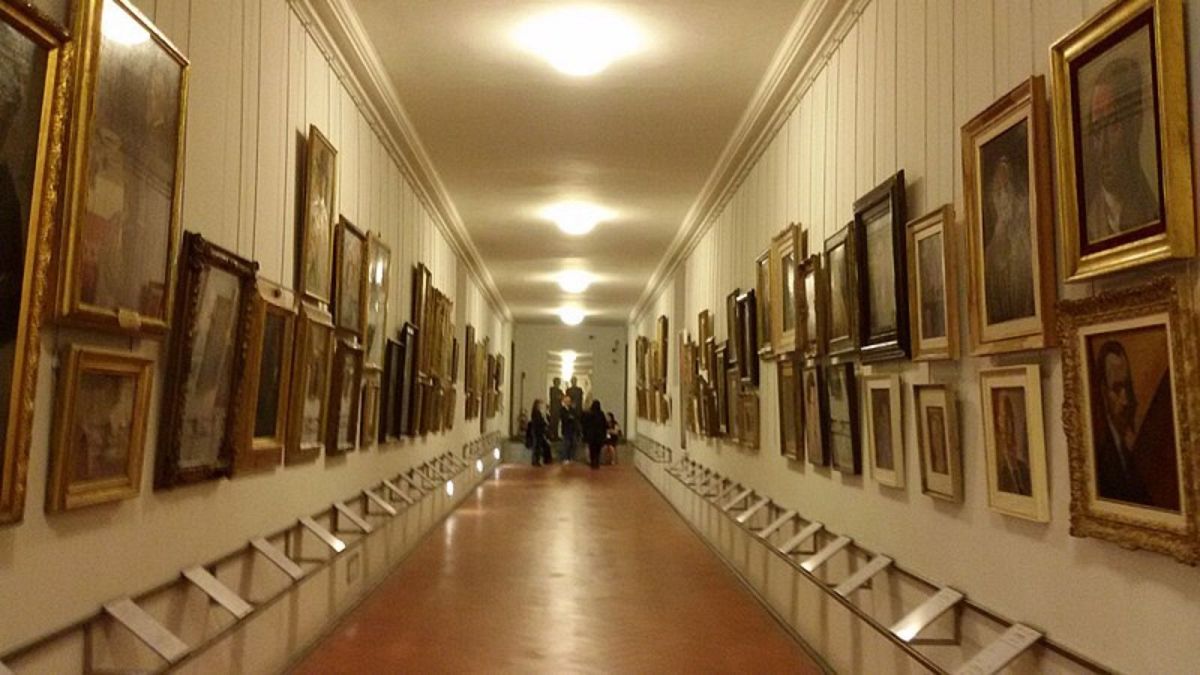TORONTO - Time change discourse happens on a predictable cycle. Every year, twice a year, a chorus of Canadians decries the policy of springing forward and falling back. It really is like clockwork.
Their calls to abolish daylight time have largely been fruitless, but experts say the semi-annual hubbub provides an opportunity to reflect on an even more important cycle: the circadian rhythm. Most Canadians are set to turn their clocks back an hour on the morning of Nov. 3.
Then, they will set them forward again on March 9, knocking their circadian rhythm out of whack. Patricia Lakin-Thomas, a professor at York University and board member for the Canadian Society for Chronobiology, has long been interested in biological cycles. “When I go to a chronobiology conference, I’m hearing talks about everything from human societies to bacteria in a dish,” she said.
“We’re interested in the general question of: how do living things tell time?” The answer is the circadian rhythm, or what Lakin-Thomas describes as the “brain clock.” “We have rhythms in our guts and our liver and lungs and muscles, and the ‘brain clock’ sends information to keep all of those in synchrony,” Lakin-Thomas said. “The ‘brain clock’ has to get reset every day because it’s not very accurate, and it needs sunlight to do that.
” She calls the daily cycle of light and dark the “sun clock.” Those two clocks are only tangentially related to the “social clock” — the one hangin.



















